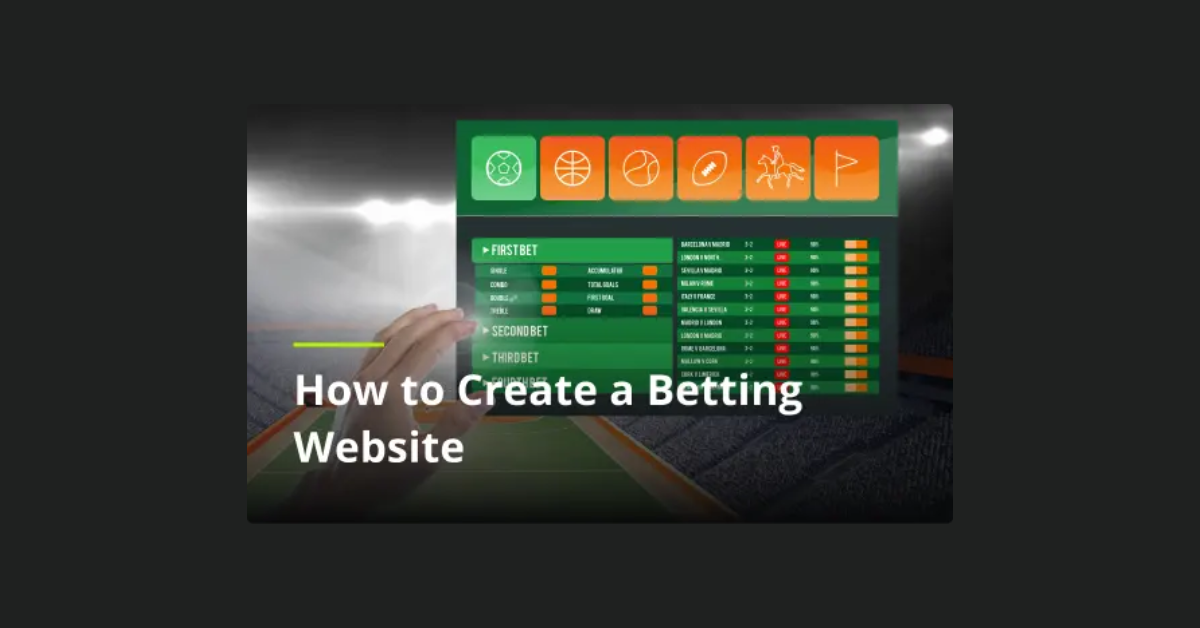Planning Your Website
The first step in creating an effective website is to outline your goals and objectives. Consider the purpose of your website and what you hope to achieve through it. This will help you determine the content, design, and functionality that are essential for your site.
Once you have a clear understanding of your goals, it’s important to identify your target audience. Consider who will be visiting your website and what information or services they will be looking for. This will help you tailor your content and design to meet the needs and expectations of your visitors.
Choosing the Right Domain Name
When selecting a domain name for your website, it is crucial to opt for a name that is easy to remember and spell. A concise and relevant domain name can make it simpler for visitors to find your site and return in the future. Additionally, consider choosing a domain name that reflects the purpose or niche of your website, as this can help attract your target audience.
Avoid using numbers, hyphens, or special characters in your domain name as these can make it more challenging for users to remember or type correctly. Keeping your domain name simple and easy to pronounce can also aid in word-of-mouth marketing and make it easier for users to share links to your website. Remember, your domain name is an essential part of your online identity, so take the time to choose one that aligns with your brand and resonates with your audience.
Selecting a Reliable Web Hosting Provider
When choosing a web hosting provider for your website, reliability should be at the top of your priority list. Make sure to research the provider thoroughly, checking reviews and testimonials from other users to ensure they have a good track record of uptime and customer support. A reliable web hosting provider will guarantee that your website is up and running smoothly, minimizing any potential downtime that could affect your business.
In addition to reliability, consider the scalability options offered by the web hosting provider. As your website grows and your traffic increases, you’ll want to make sure that your hosting plan can accommodate these changes without causing any disruptions. Look for providers that offer flexible hosting plans that can easily scale with your business needs, allowing you to upgrade or downgrade as necessary without any hassle.
Designing a User-Friendly Interface
When creating a user-friendly interface for your website, it is crucial to prioritize simplicity and ease of navigation. Ensure that your website layout is clean and uncluttered, making it easy for visitors to find the information they are looking for quickly. Utilize a clear and intuitive menu structure to guide users seamlessly through different sections of your website. Remember, the goal of a user-friendly interface is to provide a positive user experience that encourages visitors to explore your website further.
In addition to a streamlined layout, consider incorporating visual elements such as images and videos strategically to enhance the user experience. Visual aids can help break up text-heavy pages and make your website more engaging for visitors. Pay attention to the use of colors and fonts to ensure readability and accessibility for all users, including those with visual impairments. By focusing on these design elements, you can create a user-friendly interface that not only looks visually appealing but also functions smoothly for all visitors.
Incorporating Payment Options
To create a seamless online shopping experience for your customers, integrating secure and user-friendly payment options on your website is crucial. Offering a variety of payment methods such as credit/debit cards, digital wallets, and online banking can cater to the diverse preferences of your target audience, ensuring convenience and trust in the transaction process. By partnering with reputable payment gateways and implementing encryption protocols, you can enhance the security of financial transactions and instill confidence in customers to complete their purchases on your website.
Moreover, providing transparent pricing, clear refund policies, and accessible customer support regarding payment inquiries can further establish credibility and foster loyalty among your customers. Streamlining the checkout process with minimal steps and intuitive design can reduce cart abandonment rates and encourage repeat business. Remember that the payment stage is a critical touchpoint in the customer journey, so optimizing this aspect of your website can significantly impact conversions and overall satisfaction with your online store.















